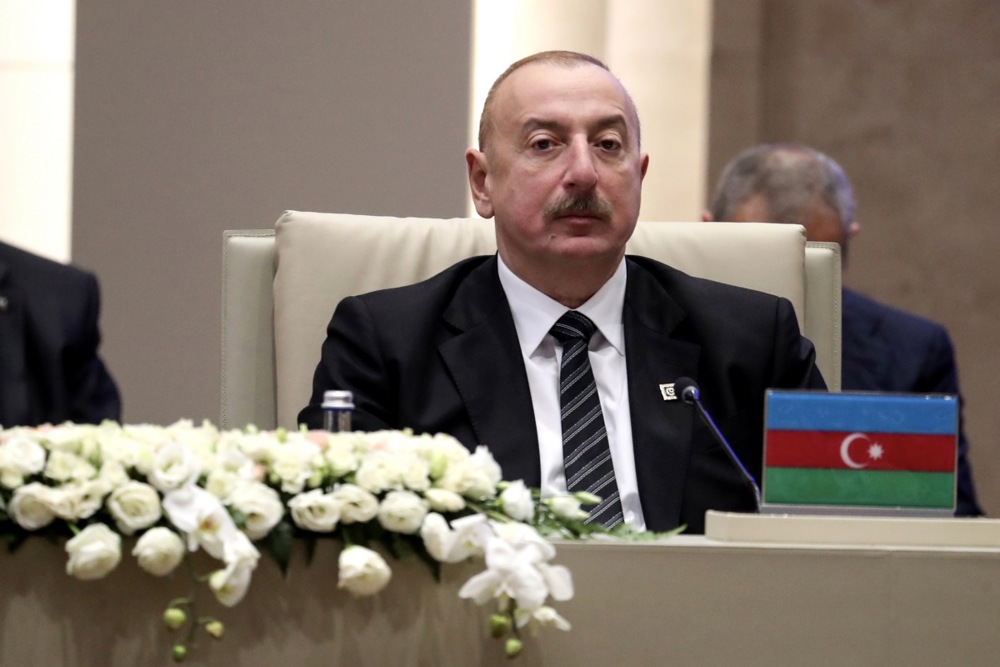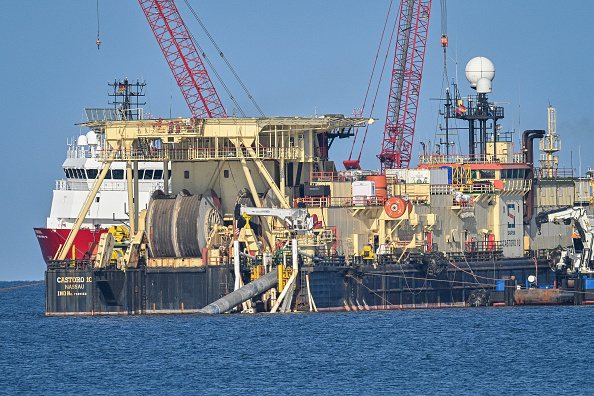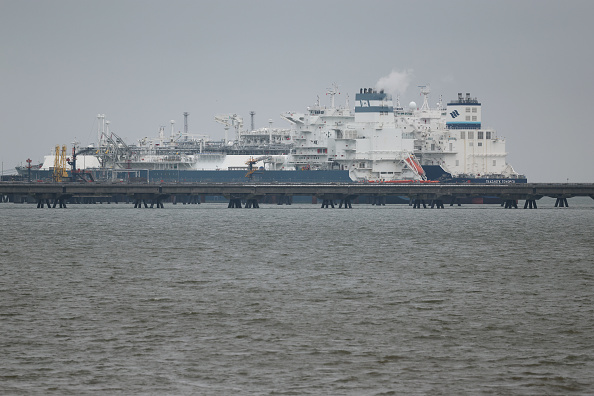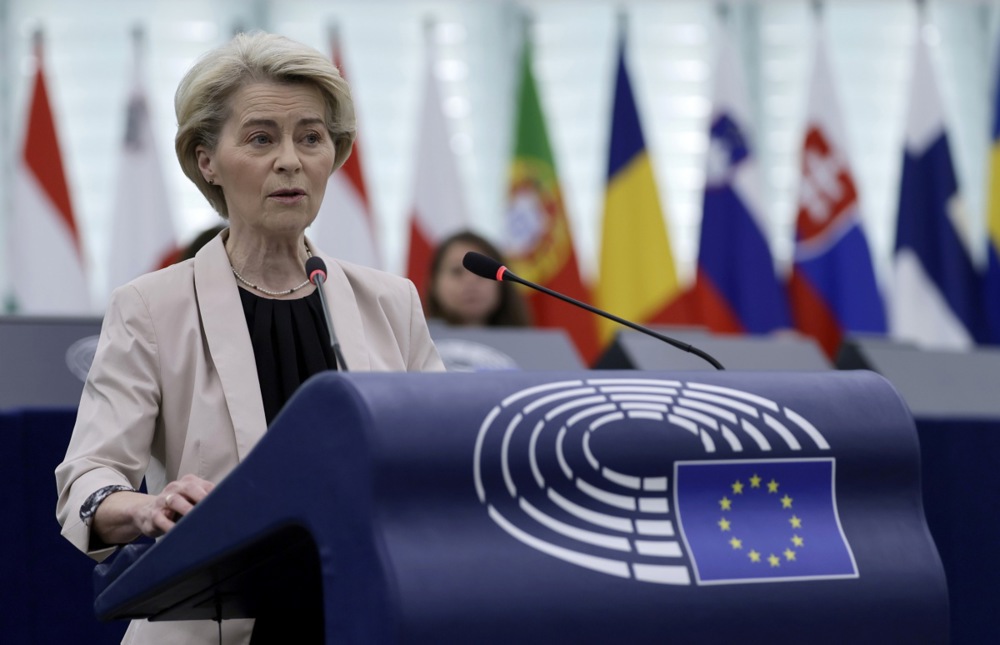A shift in China’s gas import strategy is set to push more US LNG towards Europe — potentially tightening a transatlantic energy bond Brussels has been wary of deepening.
Beijing has been ramping up cheaper pipeline gas imports from Russia and prioritising liquefied natural gas (LNG) from Canada and Russia over the US, in part due to Washington’s tariffs.
This reorientation was expected to result in a surplus of US LNG, which would likely find its way to European markets.
“Many American cargoes are already coming to Europe because of the Chinese tariff on American LNG,” Aura Sabadus, an energy expert at the London-based ICIS, told Brussels Signal on April 16.
If Canadian LNG production increased, it would primarily serve Asian markets due to geographical proximity, thereby diverting US LNG towards Europe, she said.
Yet Brussels has so far rebuffed these overtures — EU officials have cautioned against replacing one dependency with another.
US President Donald Trump’s administration has recently pushed for LNG tie-ups as a counter-offer to the “zero-to-zero tariff” deal the European Commission proposed after Trump’s “retaliatory” tariffs were first unveiled.
This dynamic underlined how energy negotiations remained intertwined with sanctions on Russia — and how today’s shift in Chinese gas sourcing could nevertheless channel more US LNG into European markets.
Earlier in April, China raised its tariffs on US LNG from 15 per cent to 49 per cent, effectively halting shipments, Bloomberg reported.
In fact, China has now not imported liquefied natural gas from the US for 60 days, the longest period in five years.
The resulting Chinese growing appetite for Russian pipeline gas was not seen as a short-term fix — it was a cornerstone of a broader energy realignment, experts said.
Pipeline gas from Russia was not only cheaper than US fuel but also more stable logistically – and politically, according to the Russian press agency TASS.
Sabadus noted that warmer temperatures and soon‑to‑arrive Canadian output could put further downward pressure on Asian energy spot prices.
“Prices could possibly fall soon because of low spring demand and more production coming onstream in Canada,” Sabadus said.
But for now, Russian gas — especially piped gas — remained cheaper for China, giving it a competitive edge over seaborne LNG, she added.
At the same time, China has avoided fully tapping its share in Russia’s Arctic LNG-2 project due to US sanctions but continued to buy volumes from other Russian projects including Yamal and Sakhalin-2, often using short northern delivery routes, a Russian energy analyst told TASS.
In parallel, US sanctions are looming large. Some Chinese State refineries have scaled back Russian crude purchases to avoid penalties on third‑party buyers.
This came as the Trump administration recently sanctioned a Chinese refinery for importing Iranian oil, heightening Beijing’s caution in energy deals, the Financial Times reported on April 16.
So far, the European Union has refrained from imposing sanctions on Russian LNG, allowing cargoes to keep flowing to the bloc despite efforts to cut broader energy ties with Moscow. The only Russian LNG project currently under US sanctions was Arctic LNG-2.
European LNG imports surged by 6 billion cubic metres (bcm) year-on-year in the first quarter of 2025, largely thanks to redirected cargoes from Asia and increased US output, particularly from the new Plaquemines LNG facility in Louisiana. That was according to the latest quarterly review by the Oxford Institute for Energy Studies (OIES).
This came as the continent emerged from a colder-than-expected winter, which triggered steep storage withdrawals and kept prices elevated.
The OIES noted that Chinese LNG demand dropped 25 per cent year-on-year in early April, while Sabadus highlighted that Russian LNG exports to all destinations also fell by 25 per cent, suggesting a temporary dip in overall market flows.
At the same time, Canada’s West Coast LNG buildout was largely geared toward Asia, not Europe, due to logistics and infrastructure constraints. Sending western Canadian “heavy barrels”, or barrels of oil equivalent (BOE), to Europe and Asia was still a relatively untested market, experts said.
Ottawa has been pressing to develop new markets in Europe and Asia to reduce reliance on the US – another reaction to the Trump retaliatory tariffs – but industry leaders have pointed out that a pipeline from Alberta to the Atlantic coast would take years to build.





